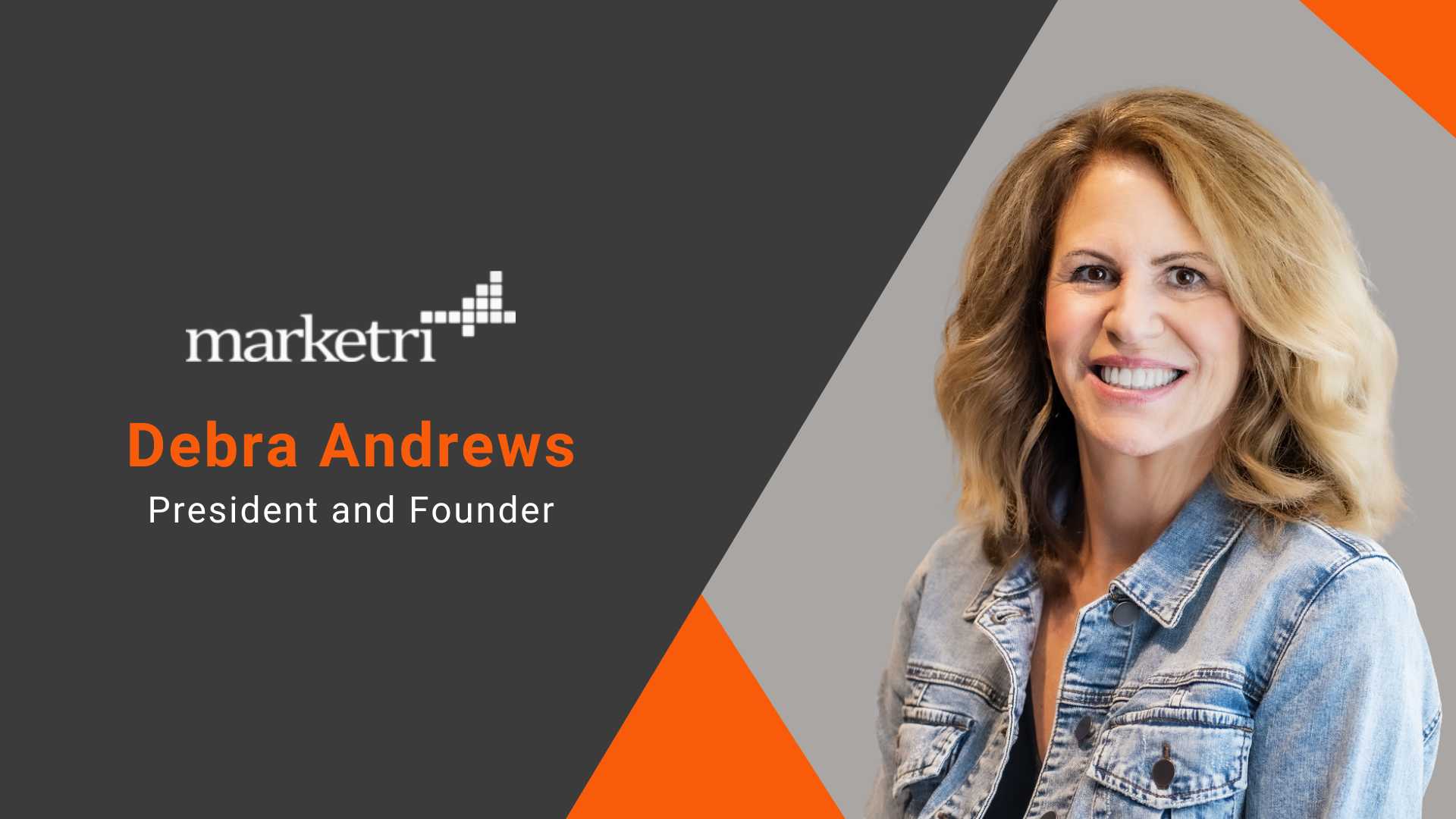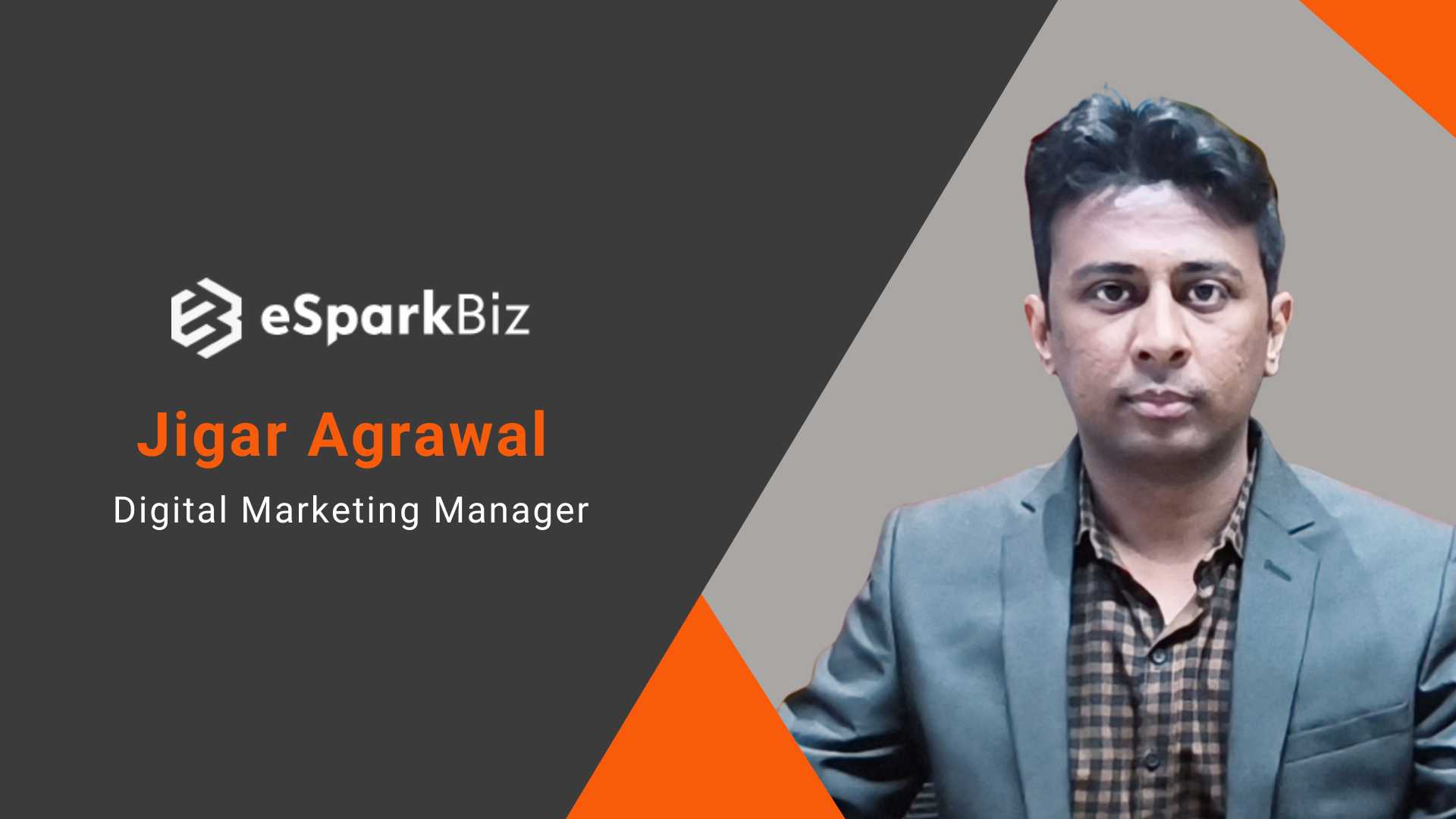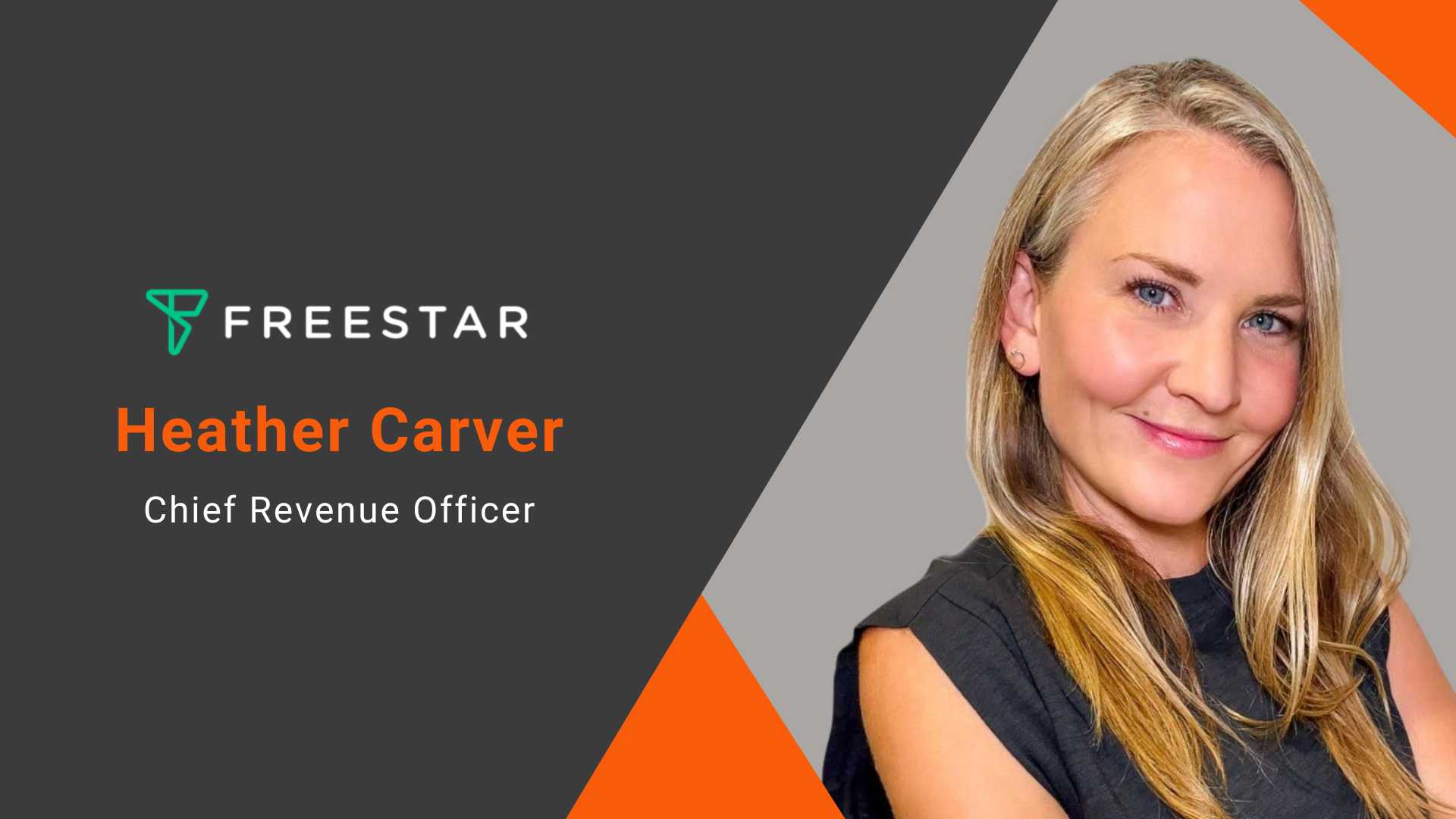
marketing
The 2025 Reality of the Solo Marketing Coordinator
marketing 12 Dec 2025
- Build campaigns
- Manage budgets
- Write content
- Run automation platforms
- Interpret analytics
- Support sales
- Handle social
- Update the website
- And, oh yes, “own AI”
- Hire a solo marketer
- Expect them to “run marketing”
- Flood them with tactics and requests
- See the work scatter in 12 directions
- Question why results aren’t materializing
- Burnout or turnover
- Restart
- A strategic leader who can prioritize, sequence, and say “not now”
- Specialists who can be brought in as needed (content, design, automation, analytics, SEO)
- A coordinator who’s no longer drowning, but actually orchestrating
They get a role that’s manageable, not mythical.
They keep projects moving, but they aren’t expected to own the entire plan.
Supported by strategists and specialists instead of improvising everything.
Using AI to accelerate work, not replace structural support.
Because the role should be a launchpad, not a burnout cycle.
How AI Is Transforming Martech – Jigar Agrawal from eSparkBiz
marketing 10 Dec 2025
Transforming Marketing into a Growth Engine
marketing 25 Nov 2025
- A unified message – Everyone in the organization should be communicating the same value proposition, not different versions of it.
- A defined audience – Teams must know exactly who they’re targeting, what that audience cares about, and which channels reach them.
- Clear business goals – Not vanity metrics, but measurable outcomes tied directly to revenue, retention, or customer behavior.
- KPIs that matter: Clear ownership of metrics such as CAC, MQLs, SQL conversion, ROAS, lead quality, and retention drivers.
- Dashboards: Real-time visibility so leaders and teams can see progress, identify issues, and make fast decisions.
- Workflows & processes: Repeatable steps for content, campaigns, approvals, and reporting — reducing chaos and accelerating execution.
- Review rhythms: Weekly, monthly, and quarterly performance check-ins that turn data into action, and action into improvement.
- Ownership is unclear: Everyone loves the idea, but no one knows who is responsible for driving it forward.
- Processes are missing: Without a defined workflow, even strong ideas get stuck in bottlenecks, approvals, or confusion.
- Communication breaks down: Departments work in silos, so the people ideating aren’t always connected to the people executing.
- Priorities shift constantly: Teams are overwhelmed with competing tasks, and new ideas lose momentum or get pushed aside.
- No measurable goals exist: Without clarity on what success looks like, execution becomes vague and inconsistent.
AI Search Optimization Can't Wait: Why Marketers Must Adapt Now
marketing 20 Nov 2025
Global State of Ecommerce 2025 report found that 11.4% of retail traffic from ChatGPT converted to sales, compared with 9.3% for paid search and 5.3% for organic search.
Think conversation, not conversion
While high conversion rates for AI are interesting, we can’t just focus on clicks that drive traffic with GenAI the same way we do with search. Traditionally, users who entered search queries were looking for links to click on. That’s changed as AI summaries become common on search engine results pages, driving up zero click behavior. It’s changed even more with GenAI, where links are presented as footnotes to a chatbot’s answers.
In other words, conversation comes before conversion.
Early theories of AI optimization
- Discover the right social and discussion platforms for the focus where your brand needs to win influence, prioritizing those most frequently referenced in ChatGPT answers and Google search results for key topics.
- Simplify and structure your branded content to make it easily digestible by both people and machines. For better placement in AI summaries, Solis recommends “chunking” content into focused semantic units that can stand on their own, independent of a larger document.
- Aim for recognition as a trusted, clearly differentiated brand. Cultivate proof points (success stories, benchmarks, certifications), experts advocates, validation by partners, analysts, reviews and press, and consistent visibility everywhere that potential customers are forming opinions and making decisions.
- Monitor your brand visibility, sentiment, referrals from AI to identify opportunities to improve mentions that matter versus competitors.
An example of a brand with a winning share of AI referral traffic is The Ordinary in skin care. Based on U.S. web traffic, March to August 2025, theordinary.com captured a 57.56% share versus several close competitors.
The lesson: Paying attention to what works in GenAI visibility and how that is different from SEO is important. At the same time, improving your content and your external mentions to boost your GenAI standing is also likely to boost your search ranking – particularly as GenAI features are more tightly coupled with search.
Yes, it’s true we’re very early in the process of understanding how to optimize for GenAI. No, it’s not too early to get started.
The Rise of Agentic AI: How MetadataONE Is Transforming the Entire GTM Workflow
marketing 19 Nov 2025
Why is now the moment for agentic AI in business and marketing?
What exactly makes MetadataONE an “agentic” GTM platform—not just another AI automation layer?
MetadataONE has dozens of agents that works together to analyze, build, create, deploy, and optimize marketing campaigns.
Different paid platforms have different audiences, data structures, and bidding systems. Can MetadataONE ensure campaigns perform optimally across each platform (Google, Meta, LinkedIn, and Reddit)?
How does experimentation work within MetadataONE?
We flip that model. Here’s how experimentation actually works inside Metadata:
- Every campaign gets broken down into hundreds or thousands of micro-experiments. The platform automatically mixes audiences, creative, messaging, and bids into unique experiments you’d never have time to build manually.
- Agents analyze performance continuously across channels, CRM data, and downstream pipeline impact for what’s driving opportunity creation and revenue.
- Poor performers are shut off instantly and budgets are allocated to what works. No waiting for your next ‘optimization day.’ The system reallocates spending in real time.
- Every insight loops back into every future campaign. Humans optimize on what happened last week. Metadata optimizes on everything that’s ever worked for you.
And that’s the whole point—experimentation at a scale that’s normally humanly impossible.
AI is generating a lot of noise from automated clicks, form fills, and surface-level engagement that look like progress but don’t translate to revenue. Most platforms still optimize to whatever metric is easiest to hit, like impressions or CPL, which is why marketing teams end up chasing the wrong signals that don’t result in revenue.
MetadataONE takes the opposite approach by optimizing CRM and pipeline data from the start. It looks at real outcomes—opportunities, pipeline, revenue—and shuts down experiments that aren’t contributing and allocated budget to the experiments that are. Its agents analyze the full buyer journey across paid, website, and sales touchpoints, filtering out bot-like activity and identifying the behaviors that actually correlate with closed-won deals. Every experiment is then ranked by revenue impact, giving marketers a clear view of what’s truly working. And because MetadataONE unifies sales and marketing data into one source of truth, the platform removes the guesswork (and the arguments) around lead quality. The result: teams stop optimizing for activity and start optimizing for what actually moves deals.
How Freestar and Audigent are Powering Future-Proof Publisher Demand
marketing 18 Nov 2025
Before joining Freestar, I spent nearly a decade on the SSP side at Magnite, working closely with the demand facilitation team to connect publisher supply with buyer demand and layer decisioning directly on the sell side. Back then, “curation” wasn’t widely discussed, but it was already clear how powerful it could be when supply partners intelligently packaged inventory based on quality, audience, and performance.
When I joined Freestar, I wanted to bring that same philosophy to our publishers. We started by analyzing which curated deals Freestar was included in and, more importantly, which signals - contextual, engagement, and audience - were consistently driving stronger results. Working closely with our demand and SSP partners, we found that curated deals delivered 2X+ higher CPMs than open auction traffic. Buyers were willing to pay more when inventory was clearly signaled and structured in a way that reflected its quality and performance potential.
As Andrew Casale, CEO of Index Exchange, has said, “Sell-side decisioning is about giving publishers control to decide which path and which buyer is best for each impression — not leaving that choice entirely to the buy side.” That philosophy aligns perfectly with Freestar’s approach. Curation allows us to embed that control and intelligence into how inventory is surfaced, ensuring it’s properly valued in a more data-driven, privacy-conscious ecosystem.
Today, more than 30% of Freestar’s supply is connected to curated deals, delivering higher CPMs, improved transparency, and stronger, more direct relationships with demand partners. At the end of the day, our job is simple: to ensure every impression is properly signaled, packaged, and positioned to maximize publisher yield. Curation has become one of the most effective levers to make that happen.
2. The case study highlights a shift from DMPs as cost centers to revenue drivers. How do you see the role of the DMP evolving?
Historically, DMPs were expensive, and only publishers with large, dedicated sales teams could easily recoup the investment. They were powerful tools, but often inaccessible to most publishers who didn’t have the scale or resources to activate their data directly with buyers.
3. What made Audigent’s technology, particularly its curation-led DMP and Hadron ID, stand out as the right fit for Freestar’s ecosystem?
Audigent stood out because they didn’t just offer a DMP, they reimagined what a DMP could be in a post-cookie, privacy-first world. Their curation-led approach, powered by the Hadron ID, aligns perfectly with Freestar’s mission to deliver quality, transparency, and efficiency across the supply path.
4. How did you ensure the solution worked across Freestar’s diverse publisher portfolio? What results have been most exciting?
5. How do you see curation, data collaboration, and identity shaping the open internet in 2026 and beyond?
The next chapter of the open internet will be driven by collaboration and quality. As curation, data collaboration, and identity converge, the leaders will be those who can connect quality inventory, trusted data, and transparent activation into cohesive, outcome-based buying experiences.
We see a future where publishers, not platforms, define audience value. Curation and interoperable IDs like Hadron make publisher data portable, measurable, and tradeable in real time, allowing them to participate more directly in how audiences are valued and transacted. For Freestar, that means continuing to invest in partnerships that reinforce trust, transparency, and sustainability, ensuring every dollar spent on the open web delivers performance for advertisers and long-term value for publishers.
Looking ahead, we’re also preparing our publishers for the next evolution: agentic buying. As AI-driven agents like AdCP begin to make autonomous buying and curation decisions, our focus is on ensuring publishers are well-positioned to capture spend as these systems seek out the most transparent, signal-rich, and high-quality inventory paths.
Ultimately, this is a natural extension of Freestar’s core mission: to keep publishers ahead of the curve by building the technology, intelligence, and partnerships that make the open internet work better for everyone.
BDR-as-a-Service: Driving Global B2B Sales Success
marketing 13 Nov 2025
Today, sales teams face a market that is more complex and competitive than ever before, with longer sales cycles and higher customer scrutiny. In recent years, buyers have moved most of their research activity online and prefer a less hands-on sales experience. They have access to vast amounts of information online, enabling them to research and evaluate vendors independently before ever engaging with a sales representative. This creates longer sales cycles, with more stakeholders involved in each decision and a greater demand for personalized, data-driven engagement.
Traditional sales tactics are no longer sufficient as buyers expect tailored experiences that address their unique business needs and challenges, rather than cold outreach from sellers. As a result, companies must balance the need for scale with the pressure to deliver relevant, highly contextual interactions at every stage of the buyer journey.
Sales professionals need timely, accurate insights into buyer intent, but often lack the tools to unify this data in a way that drives actionable strategies. Combined with increased competition, budget scrutiny, and the demand for measurable ROI, these challenges make it critical for businesses to adopt advanced marketing and sales solutions that can deliver clarity, alignment, and results in an increasingly dynamic marketplace.
Business Development Representatives (BDRs) play an important role, serving as a link between marketing-driven demand generation and the sales team’s more hands-on engagement. Their primary responsibility is to understand prospect needs and use cases, qualify leads, and ensure that only the most relevant opportunities are passed along to sales. In an environment where buyers often complete much of their research independently, BDRs also provide the human touch that can uncover hidden buyer requirements, build trust, and align solutions with business challenges. Ideally, BDRs help accelerate the sales cycle and maximize the value of marketing investments by combining structured outreach with active listening and personalization.
The BDR role has become particularly relevant today as the B2B buyer’s journey has shifted toward a self-service, digital-first model. While buyers expect access to resources, reviews, and product information on their own terms, they often need timely, relevant conversations with real people to validate their research and support their ultimate purchase. BDRs bridge this gap by interpreting intent signals, tailoring outreach based on a prospect’s digital behavior, and delivering insights that resonate with their unique context. In doing so, they not only move prospects more effectively into the sales pipeline but also ensure that account executives spend their time on the opportunities most likely to convert—making BDRs essential to both efficiency and growth in today’s competitive marketplace.
3. Can you describe what BDR-as-a-service means and how it is applied in business?
“BDR-as-a-service” is a fully managed extension of a company’s sales development function, focused on early stage business development activity. Trained BDRs expertly handle prospecting, lead qualification, and nurturing, in a flexible, scalable offering that allows a company to quickly adjust sales resources as needed. Ideally, BDR-as-a-service taps into additional capabilities such as advanced data and multilingual support to consistently build and enhance a company’s sales pipeline beyond what they could do in-house. Instead of organizations having to recruit, train, and manage their own BDR teams, BDR-as-a-service is turnkey, delivering experienced representatives who are armed with advanced buyer intelligence and best-in-class outreach strategies.
By leveraging BDR-as-a-service, businesses can bridge the gap between marketing and sales more effectively, ensuring that leads generated through campaigns are followed up with timely, personalized engagement. The service helps qualify prospects, nurture them through the funnel, and provide sales teams with opportunities that are both ready and relevant. Ultimately, BDR-as-a-service gives organizations a scalable, data-driven way to increase sales efficiency and drive measurable revenue impact.
Indeed operates in over 60 countries and 28 languages, connecting 610 million job seeker profiles with opportunities worldwide. In the high-potential Italian market, Indeed needed to reach more targeted accounts and support local sales representatives in generating leads and setting qualified meetings. This meant that they needed local sales expertise in the local language as well as access to data that would help identify net-new prospects as well as qualify prospects to prioritize the most relevant leads. To hire full-time staff internally would be costly and have a slow ramp time, not to mention still require third party data. Using a BDR-as-a-service model from Anteriad gave Indeed local expertise, a faster ramp and access to data. Within Indeed’s existing book of accounts, Anteriad identified and engaged Indeed’s ideal customer profile (ICP) to secure qualified meetings, which allowed the sales team to focus on advancing opportunities and driving pipeline growth. Anteriad also helped expand their target account list and enriched it with ICP contacts so that all BDRs had a larger universe for targeting.
The B2B sales process may start online, but ultimately, stakeholders want to know that the company they choose to partner with understands their needs and the local market, and can offer service and support on demand. If the sales process is not in the local language, or if marketing and sales does not provide relevant information about the market, it can be difficult to close leads. Simply hiring local teams is one option, but it can be very costly for a company that operates in many countries, especially when there is fluctuation or volatility in sales volume. Companies need flexibility to have resources that align to the demand they have in different regions without having to bear the cost and overhead of having FTEs in each location.
BDR-as-a-service provides the perfect combination of relevant expertise with flexibility. Companies can get the local language and business understanding that they need to interact with leads without the overhead of investing in their own regional offices. Ideally, BDR-as-a-service delivers resources that can be dialed up or down depending on then needs of the client organization. For example, many businesses are seasonal, with demand coming stronger in certain parts of the year, or after certain events. Having the ability to capture that demand during busy times without having to pay extra during slower times is another benefit of BDR-as-a-services. Additionally, companies like Anteriad that offer BDR-as-a-service can tap into rich market and customer data and have highly trained professionals that are ready to deliver value very quickly. This leads to more qualified leads and ultimately more sales.
Too often, BDRs identify a lead and have a good interaction, only to hand the lead over to a sales team who isn’t able to convert the lead. This is an unintentional byproduct of miscommunication or lack of coordination between BDR-as-a-service offerings with their clients’ sales teams. The Warm Handover™ is a live, three-way intro between prospect, BDR, and the sales team designed to build pipeline, not just stack up leads. The Warm Handover holds the BDR-as-a-service team accountable, BANT criteria are confirmed on the spot, so sales reps only talk to qualified buyers. With years of expertise in regions with many different languages and cultures, Anteriad has perfected the lead handoff at a global scale to ensure that client sales teams and prospects are comfortable and the sales process is not interrupted.
However, there are universal factors that all companies should have high standards for. Those factors include flexibility and seasonality, access to data and analytics to identify net-new prospects and qualify and prioritize prospects, and a process such as Anteriad’s Warm Handover that deliver leads in a way that is most likely to drive pipeline. All of these different elements must also be priced in a way that makes sense compared to investing in a full time internal resource, not just in the short term, but into the future.
Weathering the Drought: Marketing Strategies to Survive a Dry Spell in Business
marketing 13 Nov 2025
Every CEO knows the sinking feeling: phones go quiet, referrals dry up, and deals that seemed certain are suddenly “pushed to next quarter.” It’s like standing in a field under cloudless skies, watching the ground crack.
Business droughts are inevitable. The real test of leadership is what you do while you wait for rain.
This article explores how CEOs and marketing leaders can apply a farmer’s wisdom, conserving resources, deepening roots, innovating with new tools, and preparing for growth, to thrive when the pipeline slows.
The Tale of Two CEOs
CEO One: The Panic Response
When the pipeline slowed, John panicked. He slashed the marketing budget, paused campaigns, and pushed sales harder. His logic: conserve cash now, rebuild later.
But when the market shifted, his firm was invisible. No thought leadership, no visibility, no conversations. Competitors had claimed the spotlight. By the time rain came, John’s fields were barren.
CEO Two: The Resilient Response
Mary faced the same pressures. Every dollar mattered. But instead of shutting things down, she refined her strategy:
- Cut low-yield spend (trade shows, vanity blogs).
- Doubled down on client and partner relationships.
- Invested in precision: account-based marketing and AI tools.
- Protected her firm’s visibility with consistent thought leadership.
When conditions improved, Mary’s firm was already top-of-mind. Growth came faster because she had kept the soil fertile.
The CEO’s Drought Playbook
Farmers don’t just hope for rain. They adapt with deliberate, disciplined strategies. Mid-market CEOs and marketing leaders can do the same.
Here’s a practical playbook:
1. Conserve Without Starving
Farming parallel: Focus water on the crops most likely to survive.
Marketing strategy:
- Audit spend — cut what doesn’t deliver measurable pipeline results.
- Drop vanity metrics — measure success by proposals, meetings, and influenced revenue.
- Protect proven channels — don’t sacrifice what consistently generates quality leads.
Practical move: Pause low-value activities like generic newsletters. Keep investing in high-ROI tactics like LinkedIn ads or targeted campaigns.
2. Deepen Your Roots
Farming parallel: Plants grow deeper roots to access reserves.
Marketing strategy:
- Reignite dormant relationships with tailored, insight-driven outreach.
- Create client-only value — private webinars, special insights, or roundtables.
- Empower employees as ambassadors on LinkedIn.
Practical move: Have every partner reach out to five past clients this quarter with a relevant point of view. That’s 25–50 quality conversations.
3. Innovate Your Irrigation
Farming parallel: New irrigation methods keep crops alive in drought.
Marketing strategy:
- Pilot AI tools for research, summaries, and first drafts, freeing teams to focus on creativity.
- Launch account-based marketing (ABM) focused on top 25 dream accounts.
- Tap fractional expertise (like a fractional CMO) to maximize budget efficiency.
Practical move: Run a 90-day ABM sprint with targeted ads, executive outreach, and tailored content.
4. Lead With Visibility
Farming parallel: Farmers walk the fields daily — steady and visible.
Marketing strategy:
- Publish at least one strong thought leadership piece per quarter.
- Stay active on LinkedIn with authentic, CEO-authored posts.
- Show optimism — steadiness reassures both employees and the market.
Practical move: Commit to one CEO-authored post per month. Share a client story, lesson learned, or leadership insight.
5. Prepare the Soil for Rain
Farming parallel: Farmers fertilize and till before the storm clouds gather.
Marketing strategy:
- Build case studies now, not later.
- Refresh your website so it reflects who you are today.
- Invest in training to sharpen business development skills.
Practical move: Task your team (or a fractional partner) with developing three new client case studies during the downturn.
Why This Matters Now
Marketing leaders today face intense pressure with tighter budgets, longer sales cycles, and leadership teams demanding ROI proof. In that environment, panic responses only accelerate decline. Resilient strategies, by contrast, not only preserve visibility but also position firms to capture growth the moment conditions improve.
The Payoff
Weather can’t be controlled, but preparation can. By thinking like a farmer, CEOs resist panic and instead:
- Protect what works.
- Deepen relationships.
- Innovate with AI and fractional expertise.
- Stay visible when competitors go quiet.
- Prepare for growth before it arrives.
And when the skies open, as they always do, your firm won’t just survive the drought. It will already be thriving, ready to capture the rain.
Page 1 of 12
Most Recent
The 2025 Reality of the Solo Marketing Coordinator
Interview Of : Debra Andrews
How AI Is Transforming Martech – Jigar Agrawal from eSparkBiz
Interview Of : Jigar Agarwal
Transforming Marketing into a Growth Engine
Interview Of : Alexandra B. Mazzi
AI Search Optimization Can't Wait: Why Marketers Must Adapt Now
Interview Of : Laurie Naspe
The Rise of Agentic AI: How MetadataONE Is Transforming the Entire GTM Workflow
Interview Of : Lisa Sharapata
How Freestar and Audigent are Powering Future-Proof Publisher Demand
Interview Of : Heather Carver












